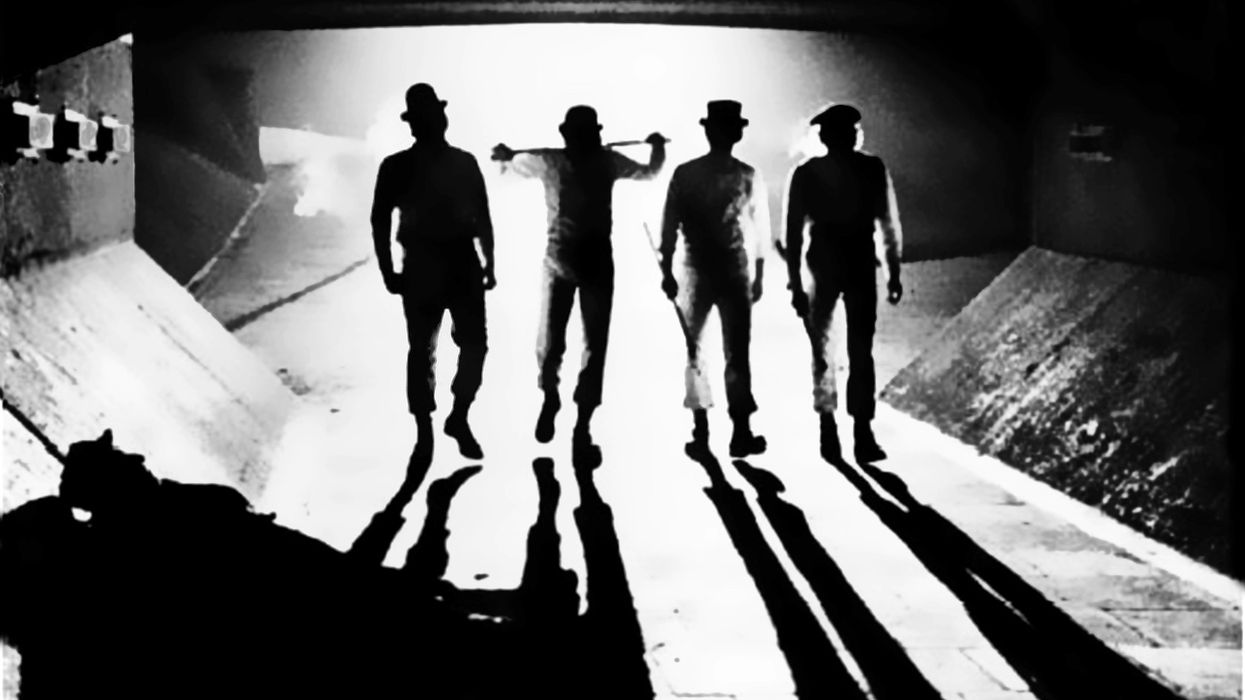Let's dig into it.
The Journey of Yellowstone
Taylor Sheridan was an actor sick of not getting the roles he wanted. And he had a vision for a set of movies and TV shows more reflective of the life he knew resonated with many Americans.
He used his connections as an actor to get his scripts read and broke in writing acclaimed films like Sicario and Hell or High Water.
In the back of his mind the whole time was a movie he kept telling people about. It was a sprawling, cinematic saga about the modern American West, focusing on the conflicts surrounding land ownership, family loyalty, and the clash between traditional ranching life, land developers, and Native American reservations.
Sheridan pitched it as "The Godfather in Montana" and eventually reworked it as a TV series.
It was called Yellowstone, and every network was passing on it.
Eventually, The Paramount Network bought in and made it their first TV series. It was something they all needed to work.
And it did.
Taylor Sheridan became a singular voice behind the show, and it felt like in the early season he was willing it to success, as word of mouth helped it catch on, and so did casting Kevin Costner, who helped them draw millions right off the bat.
But behind the scenes, it was a producer's decision to move it off its profitable Wednesday nights, to must-see TV on Sunday evenings, that may have jettisoned it toward becoming as popular as it did.
Wednesday was a safe night in the middle of the week without a lot of competition. But Sunday was when prestige TV aired.
There's a great article profile on the co-chief executive officer of Paramount Global, Chris McCarthy, whose idea it was to make the move.
This was a risk, it would compete against everything on HBO, not to mention Sunday Night Football, but the gamble worked.
From season two to season three, the show grew by more than 1 million viewers and then skyrocketed to more than 12 million viewers in Season 4. It was the biggest show on scripted TV, doing numbers usually equated with shows like Lost and Game of Thrones. And it was on Paramount, a network formerly known as SpikeTV.
- YouTubewww.youtube.com
Yellowstone the Franchise
Now recognized as one of Hollywood's most valuable properties, the Yellowstone franchise is expanding significantly. Paramount is planning at least three additional series set in its universe, building on the $2.9 billion in sales and estimated $700 million profit generated so far.
It's bigger than anything else on TV, and its grip is not just on its first air.
Audiences have demonstrated strong engagement, spending over $450 million on DVDs and digital downloads of the show.
While the last season ended the main thread, there are at least two spinoffs coming, one to CBS and the other to Paramount+. And creator Taylor Sheridan also has four other distinct shows in development with Paramount.
And that doesn't even count the 1923 and 1883 franchises that have already become part of its world.
Three of Sheridan's other shows, Lioness, Landman, and Tulsa King, are among the most-streamed shows on TV.
Sheridan shows can cost anywhere from $10 to $20 million an episode. The horses are real, the landscapes are real, and sometimes Sheridan is writing the screenplays right up until shooting.
But for a network like Paramount and its Paramount+ streamer, they needed hits to stay part of the cultural lexicon and to draw people in. These shows have provided hits as big as anything across streaming or cable, and done so consistently for their run.
- YouTubewww.youtube.com
Summing It All Up
It just goes to show you, you can have a successful streamer if you get one hit, and ride that hit into the sunset.
Paramount is doing that, paying Sheridan to keep making shows that draw eyeballs in, and that is a testament to just how well he's doing for them and how he's keeping them afloat.
Let me know what you think in the comments.













